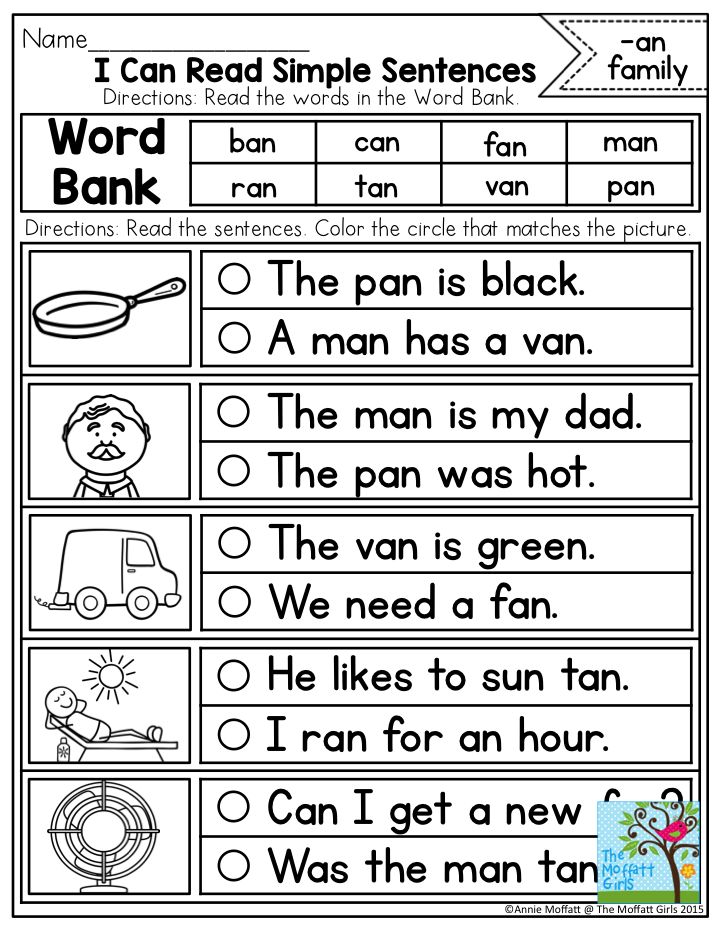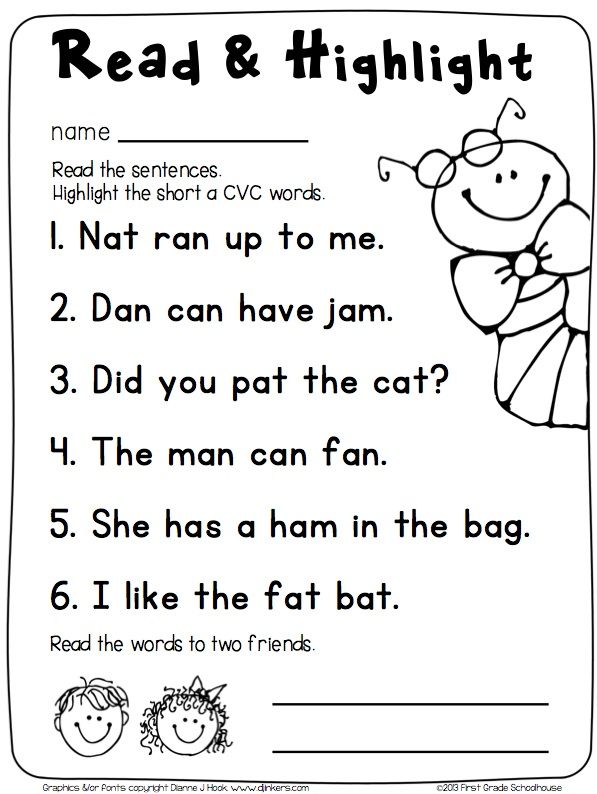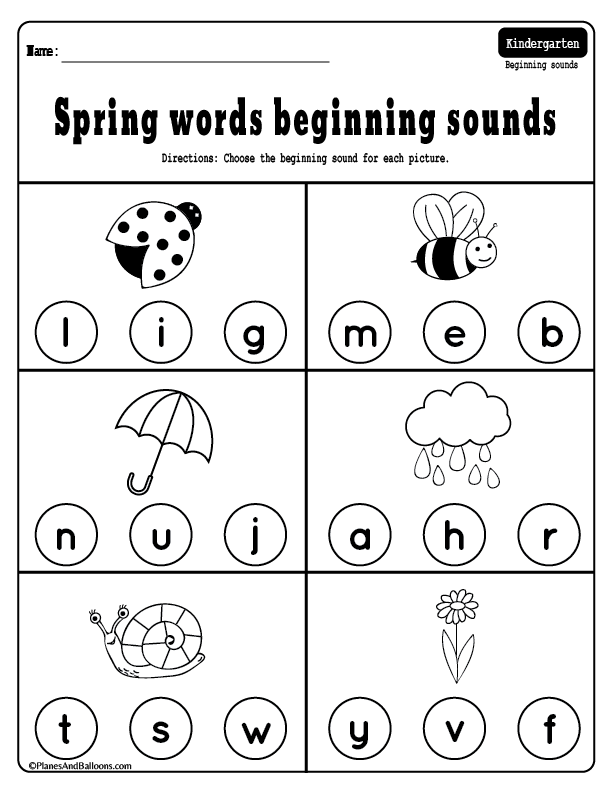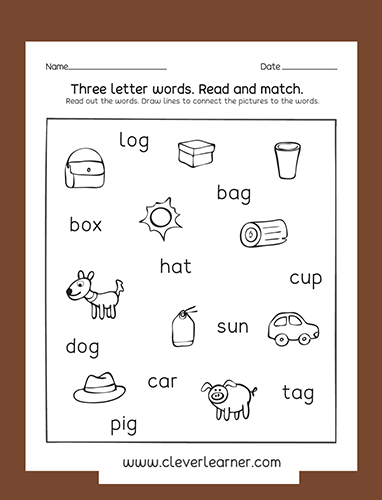Night routine for kids
The 4-Step Scientific formula for the Best Bedtime Routine For Kids
Inside: How to build a better bedtime routine for your child that is proven to help kids go to sleep earlier, sleep longer, and have fewer nightly wake-ups.
Sleep is by far the number one issue for parents of young children. Children seem to never sleep, partly because children’s sleep cycles are so different from our own.
There is a lot of research out there on sleep and most of it is messy and hard to understand.
But the one consistent research finding is that having a bedtime routine not only helps make bedtime easier but also helps them sleep longer and better.
Proven Benefits of a Bedtime Routine For Kids
In a large study across several countries, researchers found that having a consistent bedtime routine is directly related to better sleep: Children who had a regular bedtime routine fell asleep faster, had an earlier bedtime, had fewer night wakings, and slept longer than children who did not have a regular bedtime routine!
The relationship between having a bedtime routine and sleep was dose-dependent, meaning that the younger the child was when the routine was started and for each additional night that the bedtime routine was used, the better the quality of sleep for the child.
In other words, the earlier you start and the longer you have a bedtime routine = Better (longer) Sleep for everyone!
The benefits of a good bedtime routine spill over into other aspects of your child’s life as well. Research shows that a consistent bedtime routine benefits parent-child attachment, language development, and emotion and behavioral regulation.
Four (Science-Backed) Tips for A Better Bedtime Routine For Your Child
1. Make Your Bedtime Routine Consistent
Consistency is the number one thing that will improve your child’s sleep.
What steps you do are important — but the most important thing is doing it consistently. Do the steps in the same order and have the same 3 to 4 steps every night. For example, bath, massage, story, and song.
Having a consistent bedtime routine will help when other things in life are not consistent. For example, when you go on vacation or when school begins — if you continue to do the same four things before bed this creates an anchoring point in your child’s day.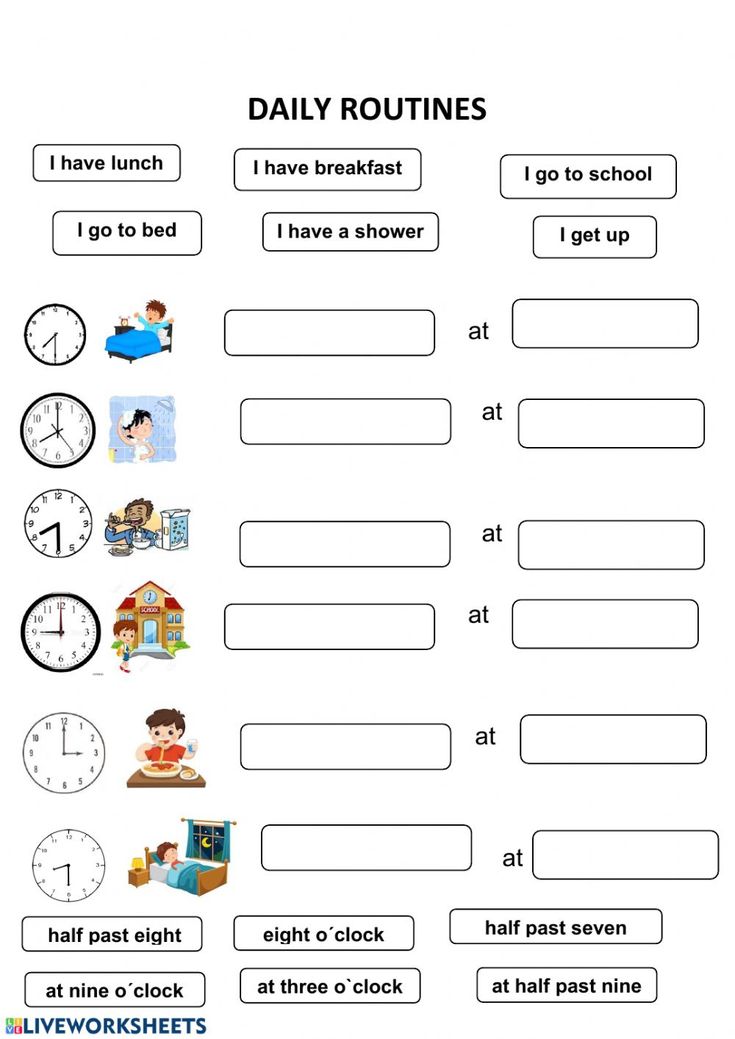
An anchor is a moment that your child knows they can count on — a moment of connection with you that they know will be there no matter how crazy life can get.
Visual routine charts help keep kids on track and give them a sense of agency over their days.
Routines also help create predictability. For kids, predictability is so important. More predictability means feeling more secure, which means less stress.
Try these Daily Routine Charts and Cards to help create visual reminders for your child’s bedtime routine –> Daily Routine Printable Charts & Cards.
During your transition to a new routine or at times in your child’s life, they may show more anxiety and resistance at bedtime. Don’t miss the bonus section at the end of this post on what to try when your child has anxiety at bedtime.
2. Start Your Child’s Bedtime Routine at the Right Time (and earlier than you think)
This is probably the second most important step.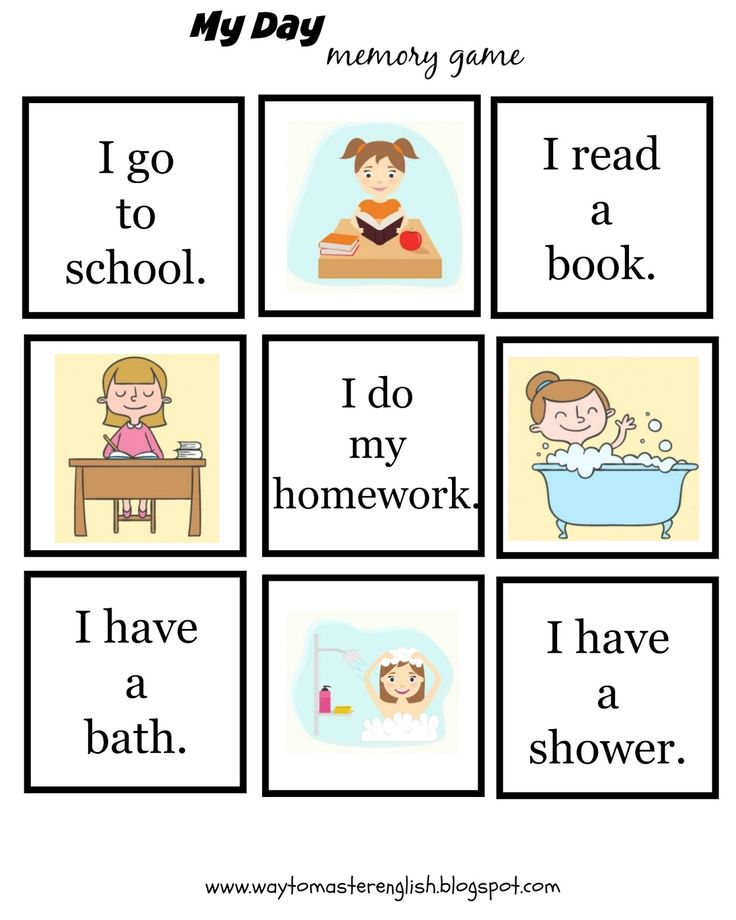 If you can consistently get your kids down at the right time your bedtime battles will diminish greatly.
If you can consistently get your kids down at the right time your bedtime battles will diminish greatly.
So, what is the right time? The American Academy of Sleep Medicine (AASM) issued guidelines based on a review of the research. These guidelines were also endorsed by the American Academy of Pediatricians. Of course, children’s needs vary — which is why there is a range of times here.
In this chart, I’ve used 6:30 am as an example for wake-time so you can see just how early kids need to get to bed.
Has your 3-year-old ever fallen asleep at 5:30 pm and slept through the whole night? If they are no longer taking a nap and they are waking up between 5:30 and 6:30 am, then they will need an early bedtime. You can see why with this chart. (Of course, a growth spurt could also be to blame).
It’s easy to forget that children’s circadian rhythms and sleep needs are completely different from our own. Their needs will fluctuate a bit as they go in and out of growth spurts — but generally, you’ll know if you have a kid at the high or low end of this.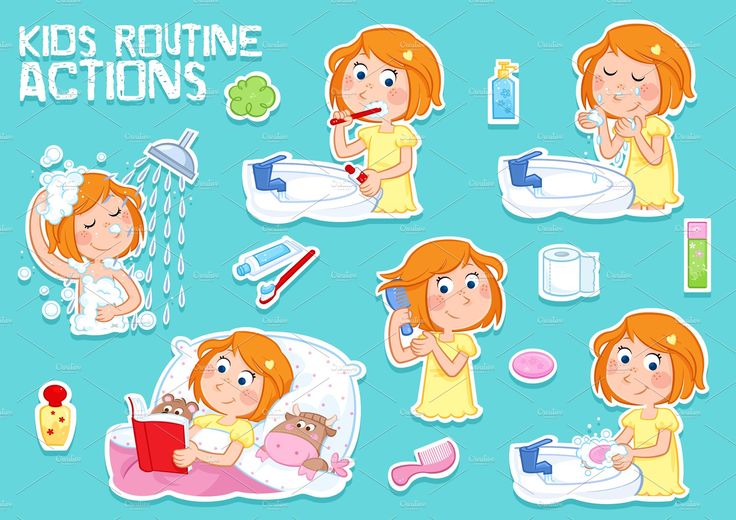
And if you have a kid who resists bedtime and can’t settle, then most likely, they need more sleep than they are currently getting.
Children who get enough sleep have better attention, behavior, learning, memory, emotion regulation, quality of life, and mental and physical health. On the other hand, routinely not getting enough sleep is associated with depression, emotional and mental disorders, diabetes, obesity, hypertension, and self-injuries.
It is important not to underestimate the importance of sleep at all ages. Sleep is crucial for development.
Hormonal changes for puberty begin two to three years before outward changes occur — and only during sleep. Disrupted or poor sleep for 8-year-olds can lead to depression and other issues 4 to 5 years later.
So, how do I choose the right time for my child?
Is your child having problems falling asleep? Then they likely need more sleep. Move their bedtime up by 20 minutes for a week and see what happens.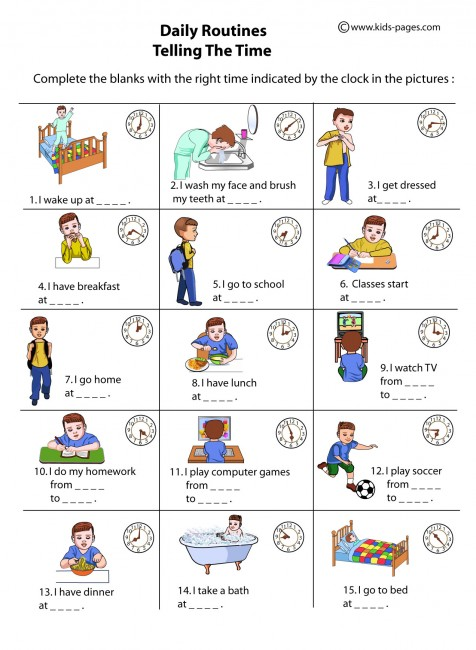 No changes? Move it up by another 20 minutes.
No changes? Move it up by another 20 minutes.
Use the guide above to estimate what time your child may need to go to bed, it may be much earlier than you think. (And relatedly — if you have a picky eater, try moving dinnertime up quite a bit as well. We started eating dinner at 4:30 and my son was stuffing quinoa and black beans tostadas in his mouth! You would never see him do that at 6 pm.)
3. Keep Your Child’s Bedtime Routine Short and Sweet
One thing I often hear from parents who are struggling to get their kids to bed is just how hard they are working at it — “We wind down for an hour of quiet play, then we have a relaxing bath, and then we read, sing a song…” (There is such a thing as trying too hard when it comes to bedtime routines.
Too much of a routine can have the opposite effect and create more anxiousness.
Your bedtime routine, whatever it is, should be short and sweet. The key is consistency. Dr.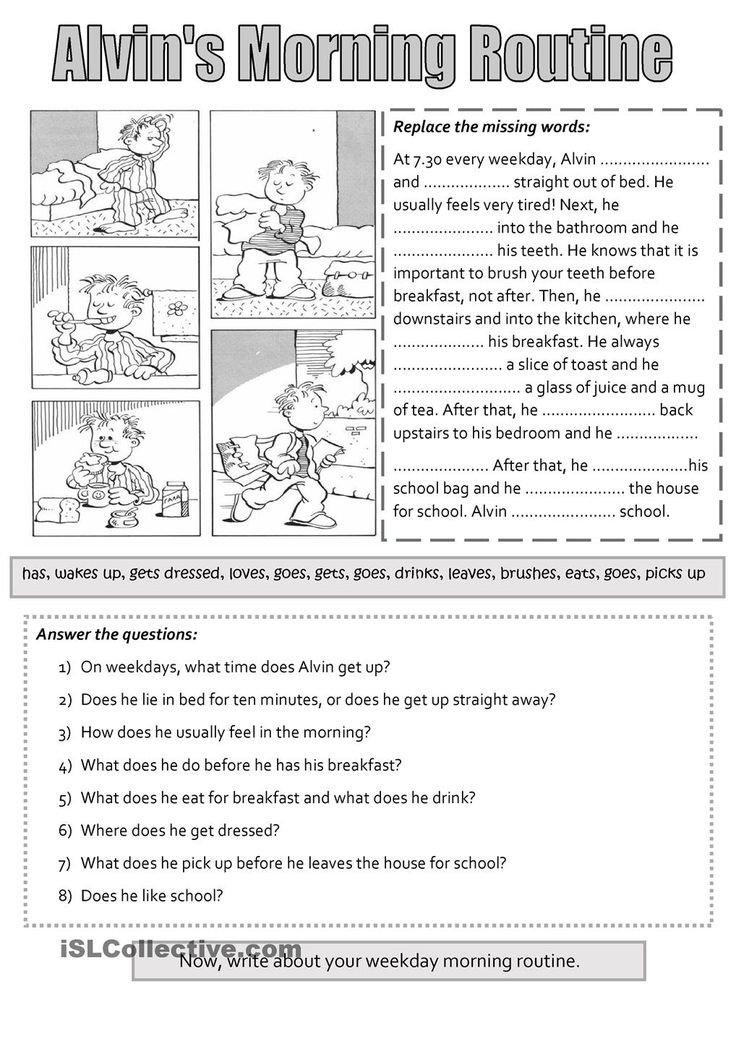 Jodi Mindell, Ph.D., pediatric sleep researcher, recommends that families chose 3 to 4 activities to do in the same order every night, like bath, massage, reading, and lullabies.
Jodi Mindell, Ph.D., pediatric sleep researcher, recommends that families chose 3 to 4 activities to do in the same order every night, like bath, massage, reading, and lullabies.
I read many books and research articles about sleep when my son was younger. It is a dense topic and one we don’t know enough about. But one thing I did learn is for children that sleep begets sleep.
If a child is overtired, they will have a very difficult time settling down for sleep. A child’s “sleep bucket” must be full in order for them to fall asleep easily.
4. What to Include in Your Bedtime Routine
1. Bedtime Bath
Dr. Jodi Mindell says that the more data she sees the more convinced she is that baths are a good component to include in a bedtime routine.
Baths are multi-sensory and affect core body temperature, both of which can be a signal to the body to wind down.
2. Bedtime Massage
In one study, toddlers were either read a story or given a 15-minute massage before bedtime by their parents for one month.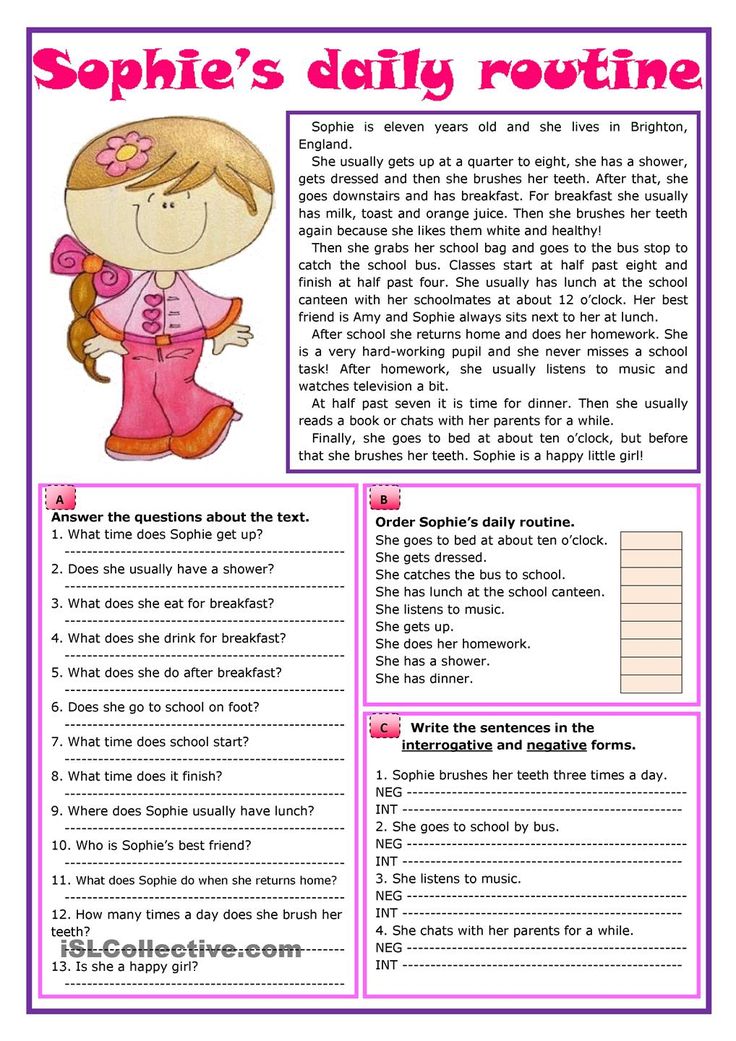 The children who were massaged fell asleep faster and engaged in fewer bedtime stall tactics than did the children who were read stories.
The children who were massaged fell asleep faster and engaged in fewer bedtime stall tactics than did the children who were read stories.
The benefits of a nightly massage go beyond bedtime. In that same study when the children were observed during the day, they were more alert, showed greater positive emotions, and were more active than the children whose parents read a bedtime story.
I think massage works in two ways. First, you are helping your child’s relatively immature nervous system to wind down and that leads to better sleep, which leads to a happier and more alert child during the day. But also, you are training your child on how to relax their body. This is such an important skill for emotion regulation.
The Daily Routine Charts and Cards include all the cards you need: bath, relaxation, stories, cuddle time, lullabies, and more! –> Daily Routine Printable Charts & Cards.
3. Bedtime Stories
Reading stories together may be less about better sleep and more about boosting your child’s cognitive development.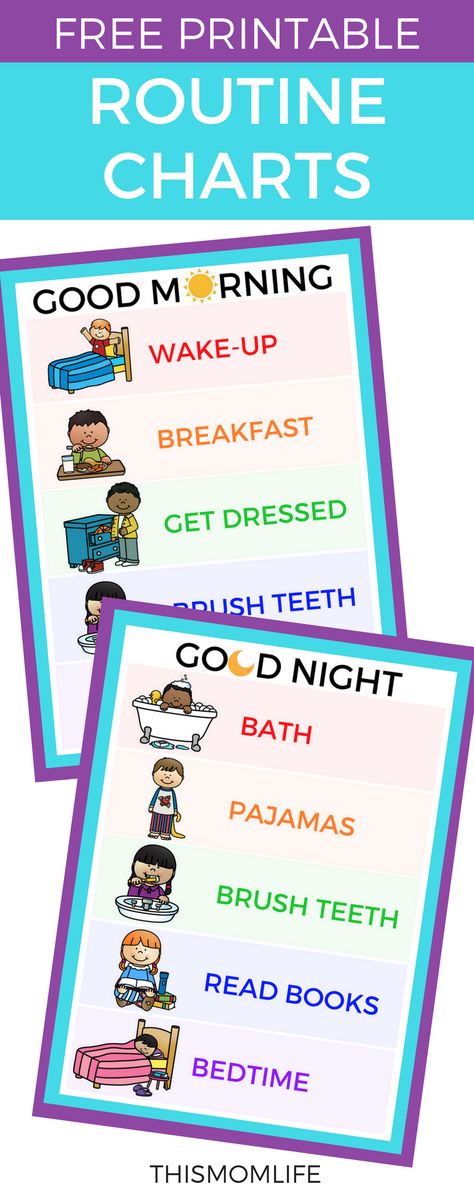 I would argue, though, that including a bedtime story as part of your bedtime routine is not only about cognitive and brain development. Whether you read a story or tell a story, that cultural ritual of stories before going to bed becomes a special time for parents and kids to share something together.
I would argue, though, that including a bedtime story as part of your bedtime routine is not only about cognitive and brain development. Whether you read a story or tell a story, that cultural ritual of stories before going to bed becomes a special time for parents and kids to share something together.
Quiet moments are something we need in our busy schedules and sharing a story is a great way to bond. It is also a way to engage your child’s mind before bed — it gives them something to think about as they drift off to sleep. Reading a bedtime story will instill a love of reading in your child and give them a positive habit that can stick with them throughout life.
Here are our Favorite Relaxing Bedtime Stories
Books are listed in order from books for younger kids to books for older kids.
Bedtime (Toddler Tools)Sleepy Little Yoga: A Toddler’s Sleepy Book of YogaDream Animals: A Bedtime JourneyIt’s Time to Sleep, My LoveI’ll See You in the MorningA Book of SleepGood Night, FairiesGood People EverywhereGood Night Yoga: A Pose-by-Pose Bedtime StoryGoodnight Songs: Illustrated by Twelve Award-Winning Picture Book ArtistsA Family of Poems: My Favorite Poetry for Children
4.
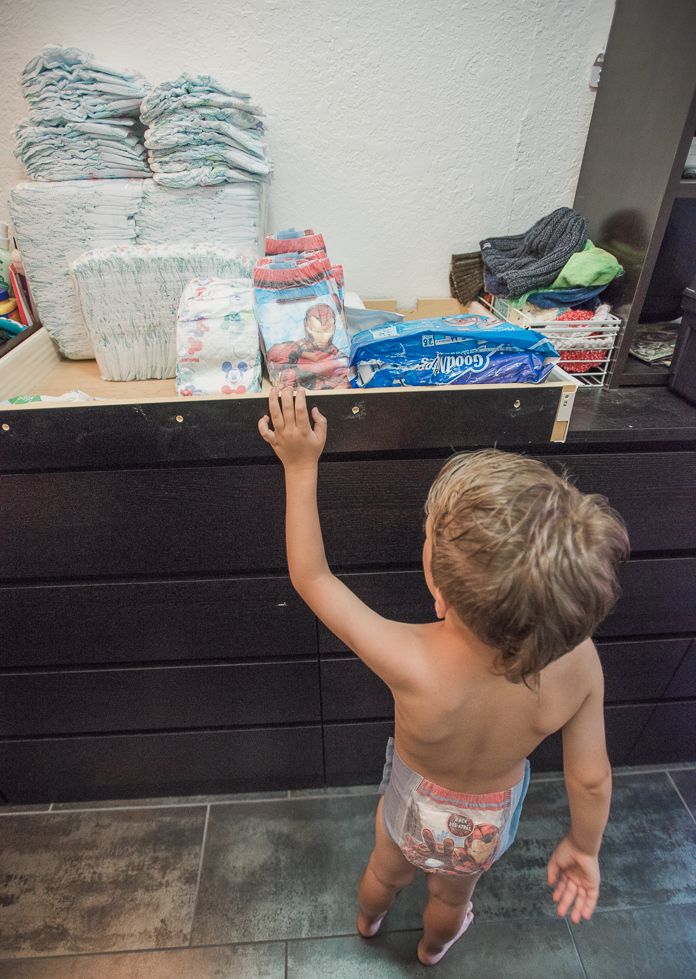 Bedtime Lullabies
Bedtime LullabiesResearch with premature infants has shown that parent-sung lullabies can increase oxygen levels and decrease measures of stress in both babies and mothers.
In one study, babies in the lullaby condition were able to leave the hospital three days earlier than those in the control condition.
We have been singing to our children for centuries. The is something soothing about lullabies for both the parent and the child.
The Best Bedtime Routine For Kids — The Scientific Formula
That’s it — 4 main components (Bath, Massage, Reading, and Lullaby), and the bedtime routine is done. Here is an example of what it might look like:
Head upstairs together. Give your child a bath (10-15 minutes). Brush teeth. Put on PJs. Lay your child down in the bed and put lotion on them while doing a relaxing massage (10-15 minutes). Read a favorite relaxing storybook. (5 minutes) Turn off the light. Sing a lullaby or two (5 minutes). Goodnight.
All in all that comes to about 30 to 45 minutes. Max– one hour. Once your child realizes they can count on this time and they are getting to bed earlier so their sleep bucket is full, the bedtime routine becomes more streamlined.
Max– one hour. Once your child realizes they can count on this time and they are getting to bed earlier so their sleep bucket is full, the bedtime routine becomes more streamlined.
Do these four things every night, in the same order, at an earlier bedtime, and with time, your child’s sleep will improve.
More Resources: How and Why to Start a Daily Routine for Your Family
Bonus: What to Try When Your Child Has Anxiety at Bedtime
During the transition to a more consistent routine or at times in your child’s life when they have a lot going on, they may start to resist the routine or have trouble settling down.
Nighttime is a normal time to think about our worries. As parents, we do this too. When the day slows down and we lay down to sleep, sometimes in the quietness, we begin to notice our worries.
The same happens for children too. The difference is, that they may not be able to say, “Hey Mom, I’m stressed.” Instead, they say — “don’t leave,” “stay with me,” and “I can’t sleep.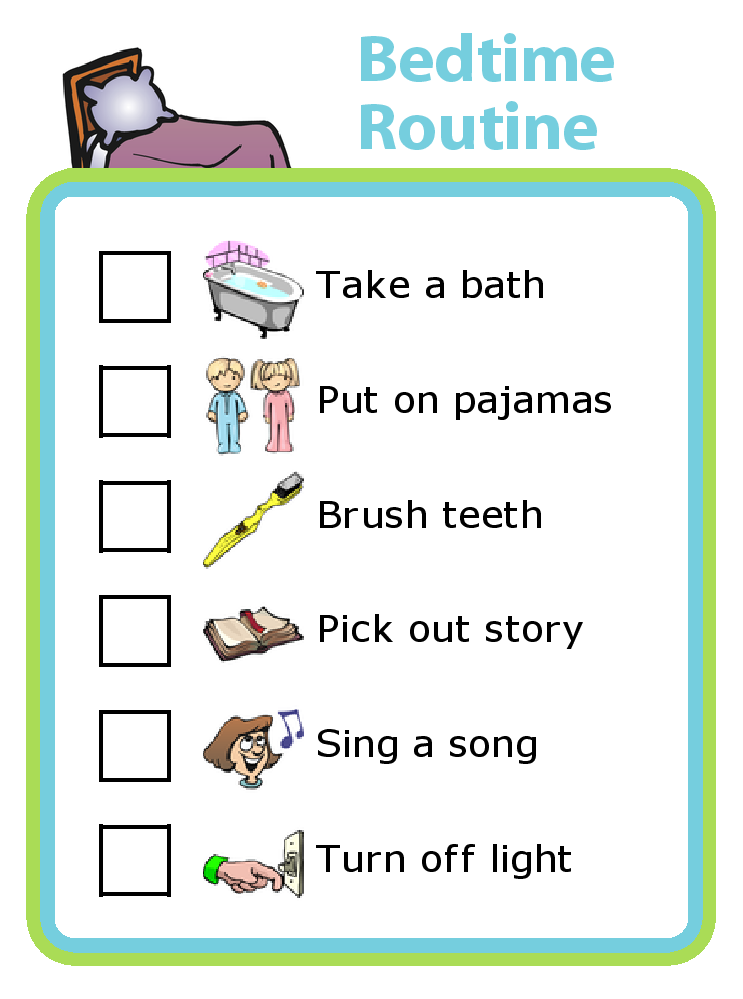 ”
”
Here are some tips for when your child is having an extra hard time winding down.
1. Add-in Silly-Time
Kids destress through play. Especially silly play. Before bath time, add in a silly running around, hide and seek, and a little crazy time where your kids end up laughing and laughing. Then do a bath, massage, story, and lullaby as usual.
2. Add-in Parent-Special Time
Sometimes kids are feeling disconnected from their parents –especially when they are at school all day and you are at work. After bathtime, add in a 10-minute time when you reconnect. Call it “Our special time” and let your child talk and be an active listener. Some ideas to get the conversation flowing: ask them what the three best parts of their day were and tell them three things you love about them. For more ideas, check out Big Life Journal’s Positivity and Connection Kit (affiliate link).
3. Add-in Progressive Relaxation
This step might take the place of the song or the massage.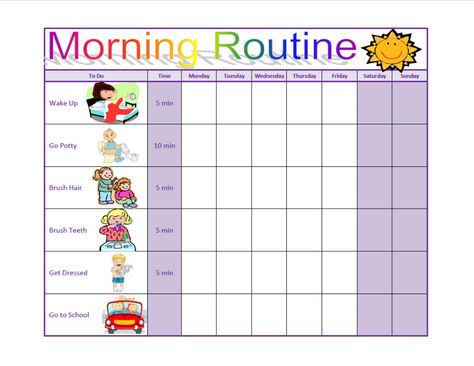
I do an abbreviated version of this with my 4-year-old each night. I focus on his arms and legs being heavy and warm, I incorporate a little bit about what he has done that day “Your arms are heavy and warm, no more drawing today, no more playing with Lego. Just resting and growing. Your legs are heavy and warm, they feel relaxed. No more jumping and dancing today time for sleep.”
Here are some free guided relaxation scripts from Green Child Magazine.
4. Change Up Story Time with Dream Starters
As much as I like to say consistency is the most important thing, sometimes kids get caught up in their own imaginations. Talking about what your child can dream about once you turn off the light can help channel their overactive imaginations into a land of dreams.
- Try telling a story together and talk about how it can become a dream. We use these beautiful story starters as prompts.
And Then… Story Starters, Volume OneAnd Then…Story Starters, Volume II
- Try a story app.
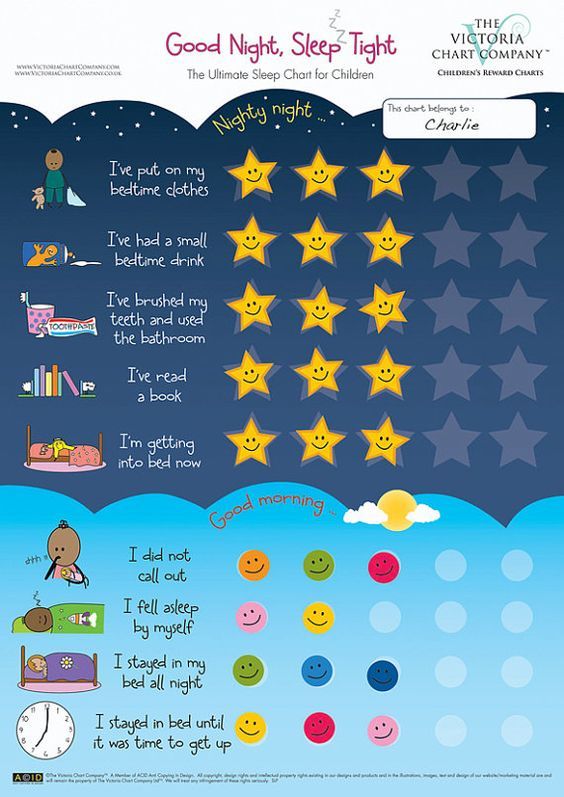 While I generally try to stay away from digital devices, we have had luck with this app, Moshi Twilight Sleep Stories: Calm Bedtime App.
While I generally try to stay away from digital devices, we have had luck with this app, Moshi Twilight Sleep Stories: Calm Bedtime App.
5. Add in a Snack
Sometimes kids are hungry — especially when they are going through a growth spurt. And low blood sugar can feel a lot like anxiety.
If your child starts asking for a snack, start adding in one preemptively. We do ours after a bath. We bring it upstairs and my son reads to himself while having his snack. Then it’s brush teeth, massage, story, and song.
More Resources: How to RESET your Bedtime Routine when your child is Resisting
What to do next…1.
Get advice from Dr. Ashley Soderlund sent right to your inbox. ❤︎When you sign up you will get Dr. Ashley’s 5-part Mindful Parent Quick Win Series. These quick wins are designed to get you started implementing some strategies that are rooted in love and backed by science.
After that, you will receive emails when Dr.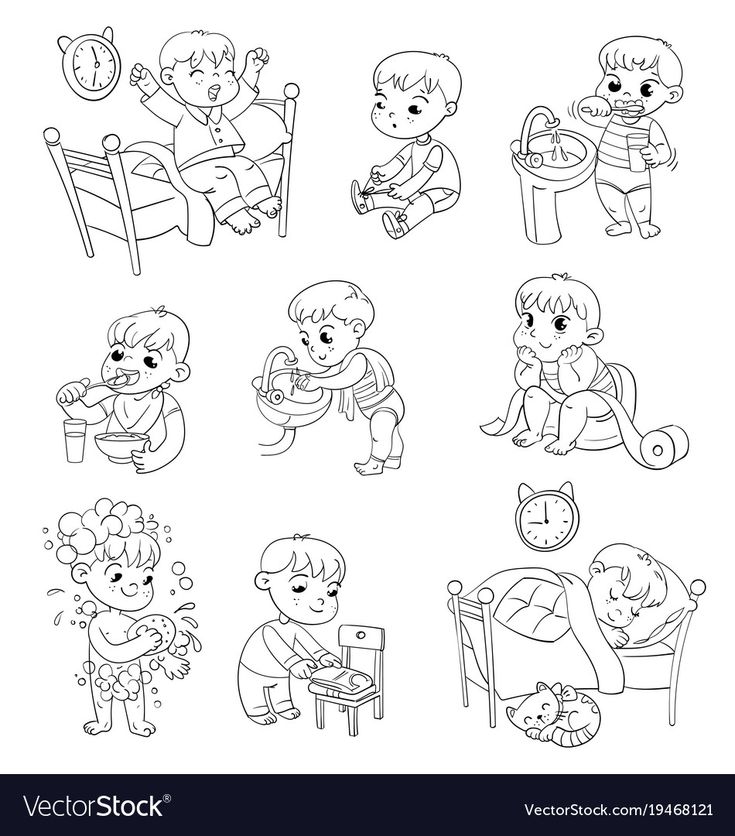 Ashley has new resources and seasonal series like back-to-school mental health, and holiday gratitude series.
Ashley has new resources and seasonal series like back-to-school mental health, and holiday gratitude series.
2.
Emotional and mental wellness begins at home.Get the tools you need in my shop! Digital printables you can instantly download and print to foster connection, emotion regulation, and more! Check out the Nurture and Thrive Shop.
Category: Daily Routines & Family Life, Routines, Sleep, GrowthTag: daily routines, parenting, positive parenting
Evening Routines For Kids of All Ages
read •
Question
Hi Dr. Laura,
I have difficulty setting a routine with my two children who have a 7 year age difference and are of different sexes. How can I incorporate a routine that will work for everybody? I grew up without routine and am used to doing things as they come spur of the moment but I want to change this as I understand it builds self confidence in children.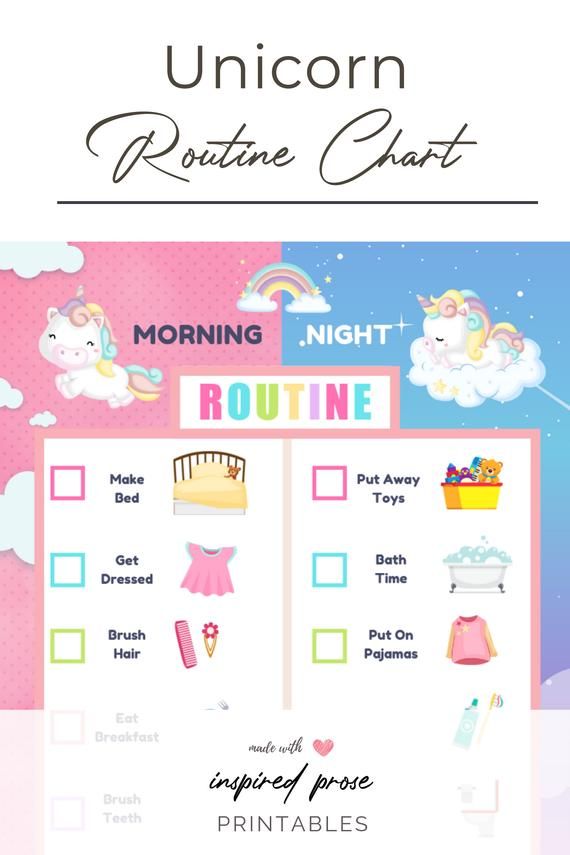 Help!
Help!
Answer
Routines do indeed help kids feel more secure. They also have lots of other benefits, like helping kids feel more comfortable cooperating (because they don't feel so pushed around), helping kids learn good self-care habits, and developing responsibility. Here's a whole article on why routines are terrific for kids.
Bedtimes are a great place to begin because they include real rewards for your kids -- time you spend with each of them. That means kids will be more accepting as you introduce the new routine. You can explain to them that you want to make sure you get "quality time" with each of them every night. So let's use bedtimes as our example.
What's the secret of a routine that works for different ages? Consider what each child needs to do each evening, because kids of different ages do have different needs. There may be some activities your kids can do together, but because they are different ages, they will also be doing different things at some points.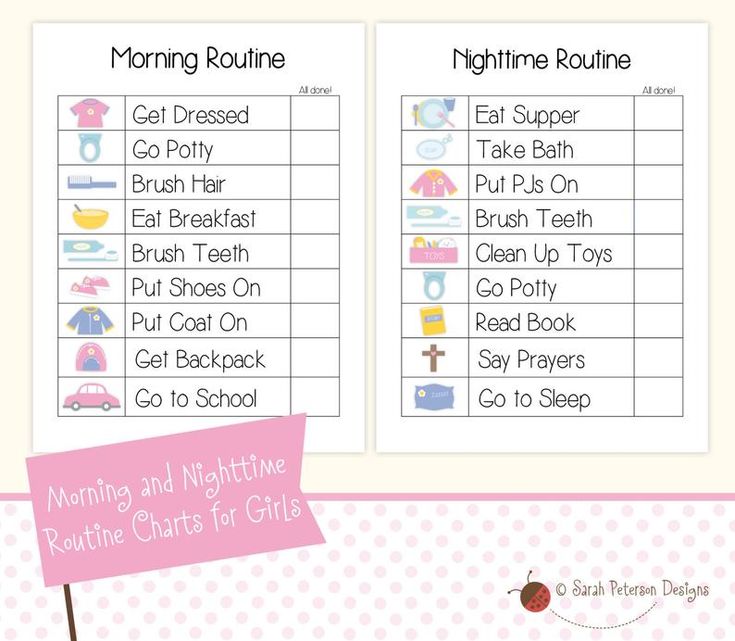 The good news, though, is that your family as a whole can still have a routine.
The good news, though, is that your family as a whole can still have a routine.
How do you figure out your desired routine? Start by deciding what time you want each child in bed. You shouldn't have to wake them up in the morning. If you do, then it means they aren't getting enough sleep. So keep moving bedtime earlier until they wake up by themselves in the morning. Once you have your target bedtime for each child, count backwards, thinking about what each of them will be doing at each point in time, and write it down.
Then talk with your kids about the routine. What do they think? Have you forgotten anything? Discussing the routine with kids helps them "own" the routine and reduces power struggles. Give them as much choice as possible.
Finally, print your new schedule out and post a copy on the bathroom door near their bedrooms, and another copy on the refrigerator. Add photos of your kids doing each activity. Most kids like to be involved in taking the photos and gluing them on the schedule, which again makes it "their schedule" instead of just "your schedule.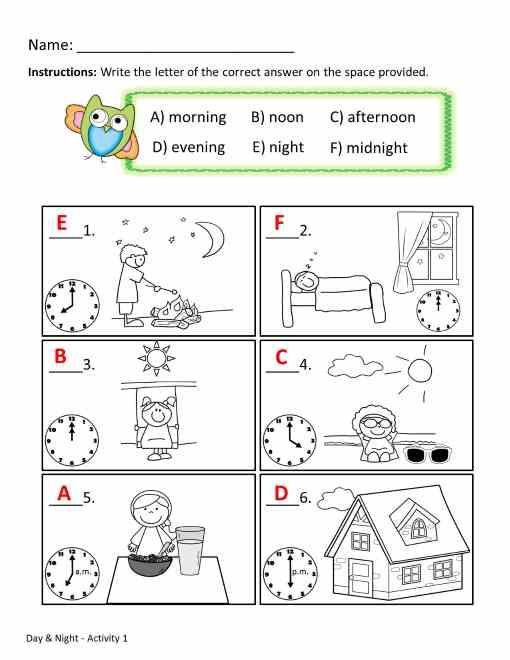 "
"
Your family schedule might look something like this.
6pm-6:30pm- Family Dinner
6:30pm-6:45pm- Everyone clears the table together so there can then be five minutes of "roughhousing. " Any physical activity that gets kids giggling will reduce the level of stress hormones in their bloodstreams and make it easier for them to fall asleep. (Just don't do this too close to "lights out " or they'll be too revved up.) Laughing with you also helps them connect with you, so they're more cooperative and can handle you turning your attention to getting a younger sibling to bed. And laughing with each other helps siblings bond.
6:45pm- 7:15pm
Bathtime for the three year old, followed by brushing teeth. During this time, you'll need to find something for your older child to do, and to check in frequently. This is usually a good wind-down time for your older child to play quietly in his room, after he has packed his backpack for the next day.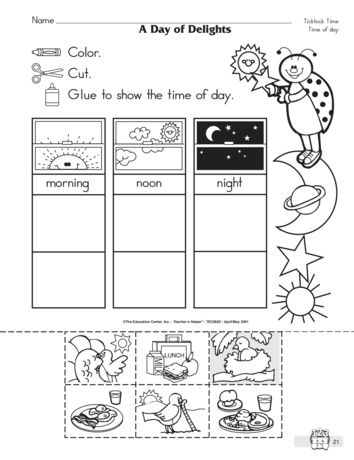 TV and games are a bad idea because screens (including phones and ipads) reduce melatonin in the bloodstream, which is important to help your child relax and move toward sleep. It's much better if homework is already completed before dinner, but if not, then this is the time to complete it, if he can do it relatively independently. Otherwise, he'll need to do it on the floor outside the bathroom while you bathe the little one!
TV and games are a bad idea because screens (including phones and ipads) reduce melatonin in the bloodstream, which is important to help your child relax and move toward sleep. It's much better if homework is already completed before dinner, but if not, then this is the time to complete it, if he can do it relatively independently. Otherwise, he'll need to do it on the floor outside the bathroom while you bathe the little one!
7:15pm-7:40pm
- Ten year old showers, brushes teeth, pjs, sets out clothes and packed backpack for tomorrow. (To remember his list, he will probably need a sign on the wall.)
- Three year old -- Pjs, setting out clothes for tomorrow and story time with you.
7:40pm-8pm
- Ten year old reads in bed.
- Lights out for the three year old. This gives you time to lie with your child for a few minutes in the dark, snuggling, before you extract yourself, and to do pre-emptive check-ins every few minutes after you leave the room, so your three year old feels safe and can fall asleep.
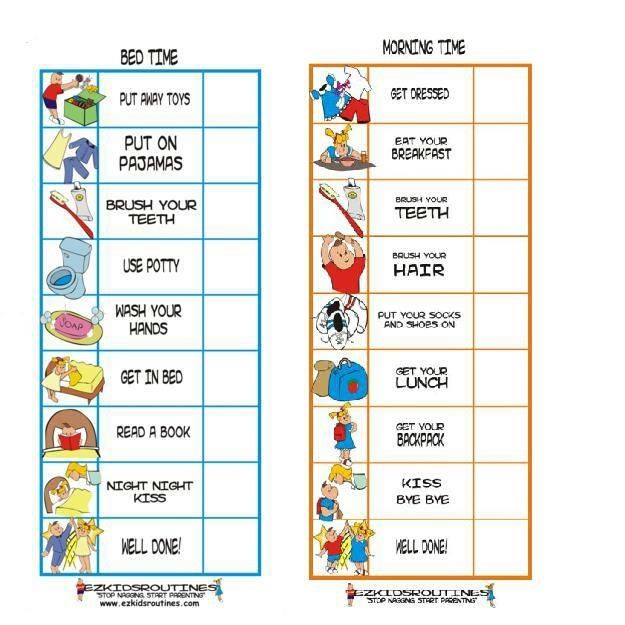 This timing assumes that your child gets up at 7am, and still naps, so 11 hours of sleep is about right.
This timing assumes that your child gets up at 7am, and still naps, so 11 hours of sleep is about right.
8pm- 8:30pm
Your ten year old, presuming he'll be getting up at 7am, still needs ten hours of sleep, so lights need to be off by 8:30pm to give him half an hour to fall asleep. Use the half hour between 8 and 8:30pm to connect with him. Read him a story -- Yes, even if he can read! It's great bonding, good for his intellectual development, and more restful for him than reading to himself. Lie on his bed with him and talk about his day. Snuggle, sing a song, say prayers if that's part of your tradition, and linger for a few minutes after lights out. As Rabbi Sandy Sasso says, in the dark together is when you see children's souls.
The great things about a bedtime routine like this:
1. You get special time to connect with each child alone, that your kids can count on. This remains important as kids get older, because it gives the ten year old an opportunity to raise difficult issues and feel heard.
2. Each child gets the security of a safe, predictable, routine at bedtime, which studies have shown is associated with better sleep for everyone in the family, as well as happier, more secure, kids.
3. As your kids get older, they learn self care: to bathe themselves and brush their own teeth, because you have helped them develop the habit.
4. Packing a backpack and setting out clothes makes kids more competent and independent by teaching them to think about the next day. This is invaluable, not just because it makes mornings calmer. It also allows them to suddenly remember things they have forgotten -- that tomorrow they need a change of clothes because the class is painting a mural, or that they forgot about a homework assignment. (Of course, if they remember these things at bedtime frequently, it's a sign that your after-school routine needs some attention!)
5. Having a routine with times attached keeps you from being the bad-guy bedtime cop.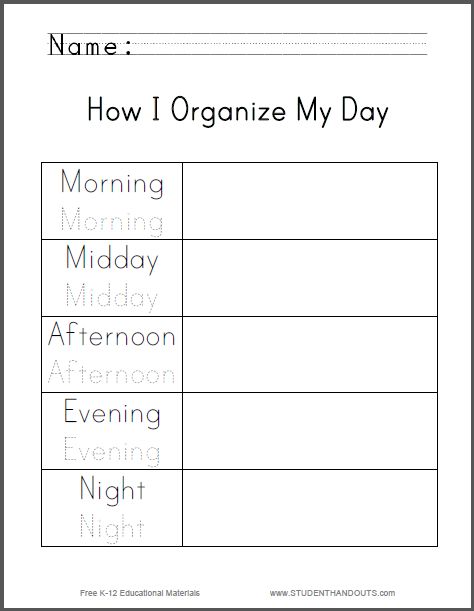 It's just the schedule.
It's just the schedule.
6. Having a set bedtime as a youngster helps your kids, once they become teens, to think in terms of how much sleep they need to take good care of their bodies. They are more likely to stay well-rested.
7. You get to check in with each child separately, which really helps if you've been apart all day. You have more chance of hearing what's bothering them. And you get that essential one-on one time with your older child, which keeps you connected at that difficult moment when he's heading into the tween years -- and peer issues can crowd out his relationship with you, even though he desperately needs to stay anchored to you.
8. Bedtime routines that center around baths and reading calm kids and allow them to fall asleep faster so they don't toss and turn. (Many kids say they aren't tired when they are actually overly wound-up.) A bedtime routine that allows a child to stay up longer because he is reading creates the habit of reading.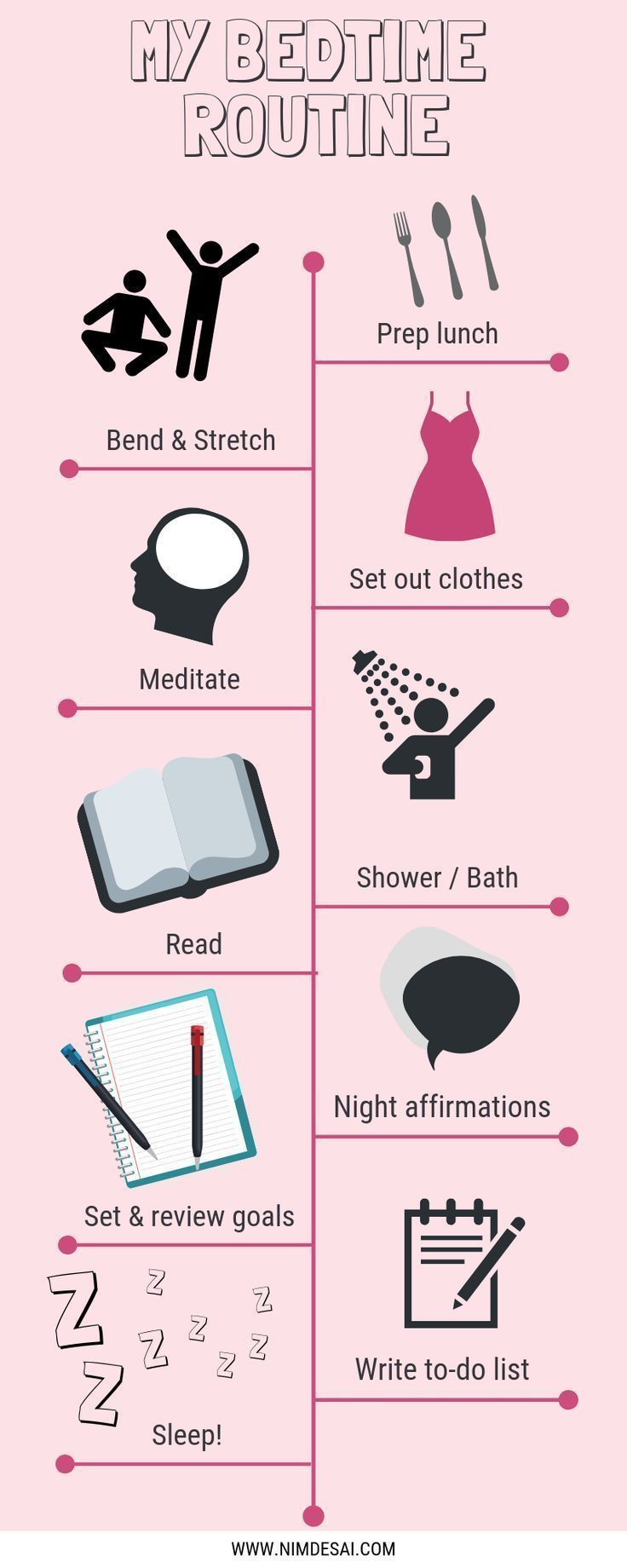 If a computer is nearby, most kids won't read. But computers and TV suppress melatonin, the sleep hormone, so kids should definitely not use them in the hour before bed. Reading relaxes kids, allows melatonin to flood their bodies (make sure their lights are not too bright), and is an easy way to raise kids' IQs and school grades.
If a computer is nearby, most kids won't read. But computers and TV suppress melatonin, the sleep hormone, so kids should definitely not use them in the hour before bed. Reading relaxes kids, allows melatonin to flood their bodies (make sure their lights are not too bright), and is an easy way to raise kids' IQs and school grades.
Give your new routine a couple of months to get established. Then you'll be ready to tackle mornings, so everyone gets out the door peacefully. You'll be amazed at how much more smoothly everything runs!
Evening rituals for babies
- Tags:
- Expert advice
- 0-1 year
- 1-3 years
Experts from the site "I am a Parent" have already shared ways to put the child to bed, as well as tips on when to do it. This time we will take a closer look at a variety of bedtime rituals for babies of different ages.
Many people know that the ritual before going to bed makes it easier to go to bed.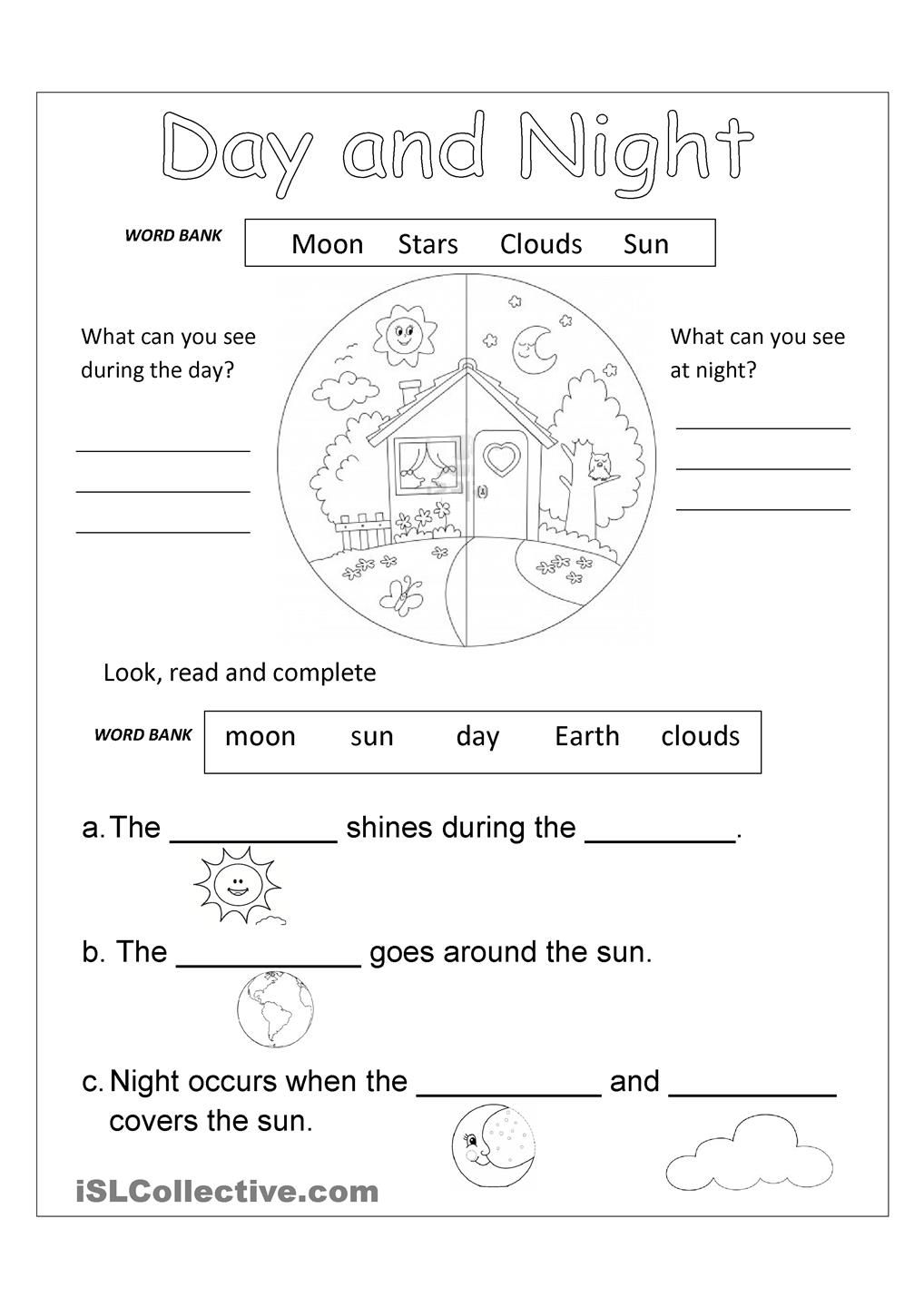 However, it is not always clear which activities to choose depending on the age of the child. After all, bathing, which fits well into the ritual in the first months of a child's life, as they grow older, ceases to relax the baby. Reading a book is a choice for older children, and even then not always, some kids do not like to be read to. In this material, I am a Parent will talk about how you can create an individual bedtime ritual that both the baby and parents will love.
However, it is not always clear which activities to choose depending on the age of the child. After all, bathing, which fits well into the ritual in the first months of a child's life, as they grow older, ceases to relax the baby. Reading a book is a choice for older children, and even then not always, some kids do not like to be read to. In this material, I am a Parent will talk about how you can create an individual bedtime ritual that both the baby and parents will love.
All bedtime rituals must be completed. That is, after the final point, there should no longer be games and active actions. Satisfy all the needs of the baby in advance, and after the completion of the ritual, do not go to communication. Otherwise, the ritual will not fulfill its main function - marking sleep.
Be persistent and consistent, and then in a few days the child will accept these rules, and he will go to bed with pleasure after your joint actions.
Bedtime rituals for babies 0-4 months
It is worth starting to accustom the baby to the evening ritual from birth, so that subsequently the child does not experience difficulty falling asleep or, even more so, he is not disturbed by nightmares.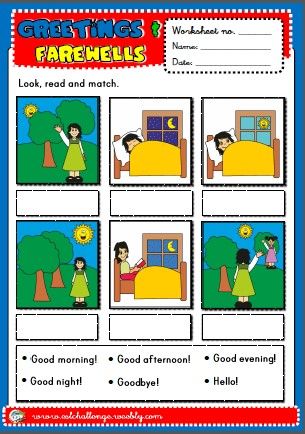
Start the ritual with a bath
The evening ritual for the baby should be started almost immediately after the last day's sleep, so that the child does not have time to overdo it and get excited. A calm, relaxing bath is good. If you practice active swimming and diving, then it is better to do such training during the day, and in the evening, shortly before a night's sleep, either refuse to swim at all, or spend it in a calm environment and try not to "play out" and not overload the child.
Feed your baby in a darkened room
After bathing, it's time to eat. It doesn't matter what type of feeding you choose. Feeding before bedtime is best done in a darkened room, with low, not exceeding 50 decibels, white noise or calm familiar music. You can sing a song or tell a poem about a dream. Often at this age, babies fall asleep on their chest or with a bottle. If possible, try to put an awake child in the crib, then he will gradually form the skill of falling asleep on his own. But for now, it’s not worth insisting: it turned out - great, fell asleep on the chest or with a bottle - also good.
But for now, it’s not worth insisting: it turned out - great, fell asleep on the chest or with a bottle - also good.
Comment on the child's preparation for sleep
The child before a night's sleep is calmed by the monotonous repetition by the mother of what is happening and will happen. You can indicate your actions in a calm, quiet voice: “Now I will put on pajamas for you, then you will eat and you will sleep sweetly. Here you are already in your pajamas, now you will eat and fall asleep soundly.
Follow the sequence of operations
It is important to remember the sequence of operations. It should always be the same: night after night, in the same order, wipe the baby after bathing, put on a diaper, pajamas, swaddle, feed. You can choose the actions that suit your situation, but it is very important to follow the sequence chosen once.
If you repeat these actions every evening and try to relax yourself during the ritual, then the baby will fall asleep more readily and sleep better at night.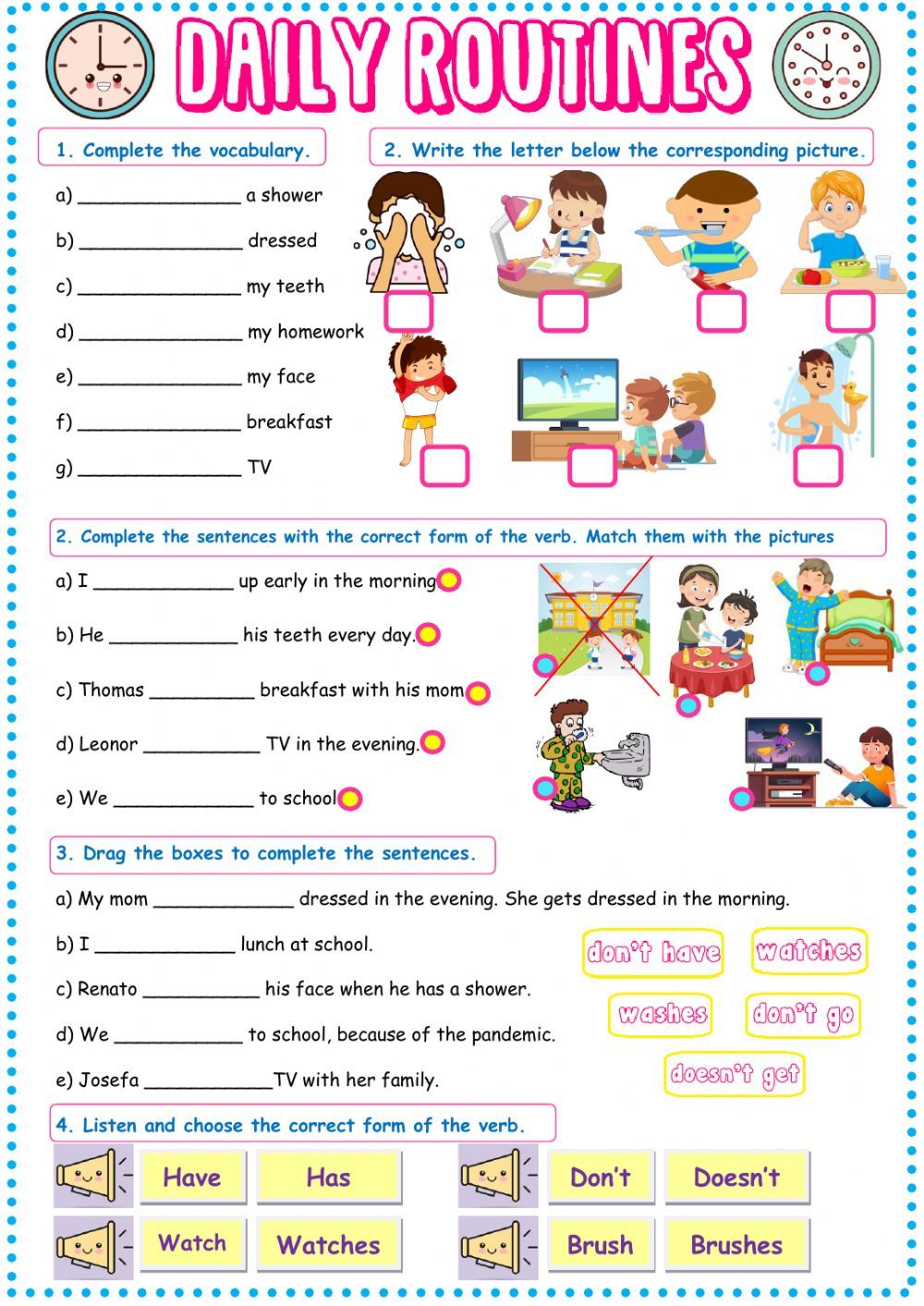
Bedtime rituals for babies aged 4-10 months
Around four months of age, babies change their sleep patterns. And often, even well-sleeping babies begin to wake up more often and have difficulty falling asleep.
Start refusing feeding and bathing as part of the ritual
Feeding and bathing can and should be taken out of the ritual. Water procedures can have the opposite effect on a growing baby. In addition, while bathing, it is very easy to miss signs of fatigue, and it will be difficult for the baby to fall asleep later due to overwork. If you absolutely want to leave traditional bathing as part of your evening routine, then separate it from the bedtime ritual by feeding outside the bedroom. And after dinner, go to the bedroom. It's still good to use quiet white noise or your usual soothing music.
Introduce additional bedtime activities into the ritual
At the age of four to ten months, you can and should introduce additional activities with the participation of the child: close the curtains together and turn off the big light, look in the mirror and say “good night” to your reflection , start looking at picture books where everyone sleeps.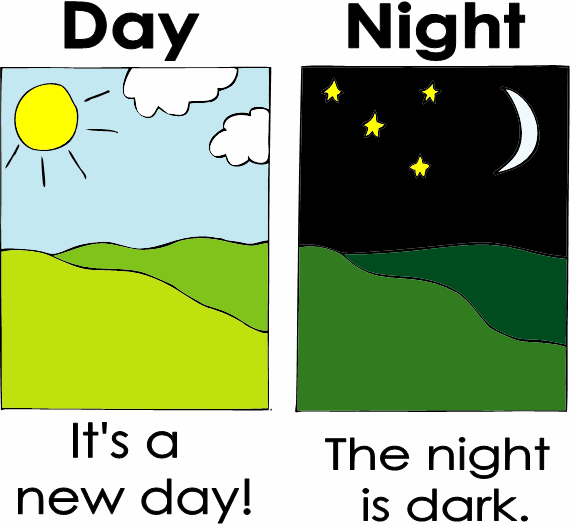 As before, a mother's song or a poem about sleep will be a wonderful part of the ritual.
As before, a mother's song or a poem about sleep will be a wonderful part of the ritual.
Choose a sleep toy
A projector with a starry sky or changing pictures and soft music is suitable for the role of such a toy. The toy will help the child stay calm in the crib, and after a while it will turn itself off.
Bedtime rituals for children aged 10 months - 1.5 years
At this age, the child can and wants to become increasingly involved in the ritual.
Start reading “sleepy” books to your child
For many children, right now is the time for musical “sleepy” books, where all animals and babies go to bed. So far, the text is not important to the child, but the pictures are something that can interest and set in a calm mood. But do not worry if the baby has not yet shown interest in books.
Talk to your child before going to bed
An equally good part of the ritual would be the communication of the mother or any caring close adult with the child.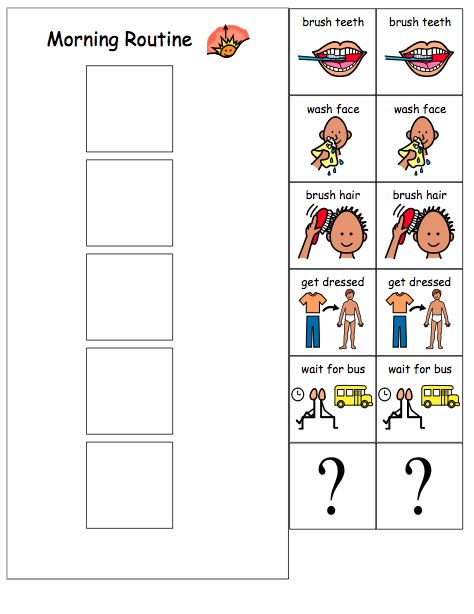 You can carry the baby in your arms, talk about how the day went.
You can carry the baby in your arms, talk about how the day went.
Choose a bedtime soft toy
This is the age at which a child is most likely to welcome their own sleep mate. Choose or buy a soft toy that is as safe as possible, without small and hard parts, introduce your baby to it, tell that now this friend will guard the baby’s sleep and needs the baby to put it down. It is important that the toy lives in the crib and does not participate in everyday games.
Bedtime rituals for children aged 1.5 years and older
From the age of one and a half, children are ready for long rituals and bedtime reading.
Start reading fairy tales to your child
The complexity and duration of fairy tales can be increased gradually. And in the beginning, it's good if these are still stories about sleep. Now there is a fairly large selection of books specifically for the evening ritual.
It is very important to designate the duration of the reading in advance.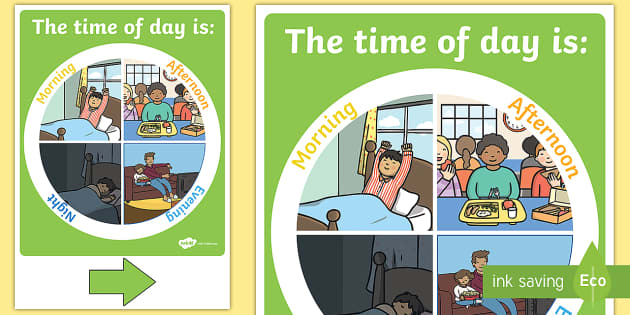 For example, it could be two stories or 15 minutes. It is important to warn the baby about this and not change your mind. However, you can go for a little trick: initially offer only one story or five minutes of reading, and when the child asks for more, then agree to another fairy tale or another five minutes. You will know that the reading will take longer, but by agreeing you will help the child to feel its importance and that his wishes are taken into account.
For example, it could be two stories or 15 minutes. It is important to warn the baby about this and not change your mind. However, you can go for a little trick: initially offer only one story or five minutes of reading, and when the child asks for more, then agree to another fairy tale or another five minutes. You will know that the reading will take longer, but by agreeing you will help the child to feel its importance and that his wishes are taken into account.
Choose quiet games that your baby will enjoy
If your baby doesn't want to read, you can suggest other quiet activities before bed. It is undesirable that these be cartoons and action. Here are some good options: putting together a simple puzzle, putting toys to bed, talking about the past day and planning for the next, one or two games of a calm bingo-type card game.
You can come up with some unique ritual. Try writing fairy tales about toys with your baby, or hiding some object under the pillow in advance and asking the child to guess what it is, and then write a story about this object. Approach the creation of the ritual creatively, and the child will definitely appreciate it!
A necessary component of any ritual is the relaxed state of the parents. Try not to rush and spend this time with maximum attention to the baby. Make sure that the chosen activities bring pleasure to you. So, if mom does not like to sing, then it is better to do without lullabies. After all, the ritual before going to bed is what you have to do every night for several years.
Child psychologist Nikolai Lukin, an expert on the I am a Parent website, tells what to do if a child is afraid to sleep alone:
What's your mom like? Find out by taking the test on the website "I am a Parent"!
Margarita Levchenko
What is a bedtime ritual and what does it include?
Children's rituals are very important in a child's life. They give him predictability and comfort. The ritual of eating, saying goodbye to dad in the morning, returning home from a walk, etc. Routine protects the baby from additional stress. In this article, we will talk about the importance of evening rituals before bedtime.
A bedtime ritual is a routine that is repeated every day in a certain sequence. They are designed to designate the baby's boundaries and laying frames. Since children do not tell the time by the clock, such activities are the best preparation for bed for them.
The ritual must be carried out both before night and before daytime sleep. But usually the daily ritual is shorter in time and does not include some actions. The ritual becomes most important for babies by 4 months, and it is worth introducing the baby to it in advance. But it's never too late to introduce rituals into your life =) Perhaps you have already done this.
Massage. It doesn't have to be done by a professional. Just make sure the room is at a comfortable temperature, your hands are clean and warm, and your nails are short. Use baby oil, you can with the smell of lavender. Stroke your baby with gentle movements. Arms and legs - from top to bottom, and the tummy clockwise.
Changing into pajamas. This is an important part of any ritual. Special clothing is important for a child because it is associated with the sleep process. If an older baby is naughty, then putting on pajamas can be done in a special way. Let him choose it himself from those offered, or let it not be pajamas today, but for example, a toy “space suit”, wearing which, he will go on a rocket bed to the moon!
Switching off the light. Darkness helps a lot with the production of melatonin, which is why the best option is complete darkness. If necessary, use a weak red-orange light. Older children can turn off the light on their own.
Enable white noise. White noise is a monotonous sound that will drown out all household noises and will carry the baby back to sleep upon a brief awakening. Many kids themselves ask to turn them on: shhshsh or zhuzhuku. The sound of white noise is also important because the baby begins to associate with sleep.
Talking to a baby. A great time before bed to talk to your child about the most important things. But do not touch strongly emotional topics at this time, because our task is not to overexcite the baby.
An excellent example of a ritual. Toys need rest and so do we. You can wave at them, say good night, or even tuck them into your toy beds. You can choose a toy for sleep, just be sure to make sure it is safe. It should be soft and there should be no small parts on it that the baby can tear off and take into his mouth.
Tell the child that it is night and the sun has even gone to bed, all the birds are resting until morning, etc. Such a ritual is not suitable for early bedtime, for example, what should be considered when choosing actions.
Babies love to just lie on their mother belly-to-belly and cuddle. Additional minutes of tenderness, if they were not enough during the day, will help the baby not to call his mother for these purposes at night.
When you sing a lullaby to a baby, you not only calm him down, but also focus on him, which is not unimportant when performing the ritual and calming the child. If you don’t feel like singing at all, then use backfilling rhymes, you can tell them, for example, by putting on pajamas for your baby.
After a delicious meal
Fidget kitten is sleeping. Sleeps - a head on a flank. He fell asleep and we were silent...
(V. Stepanov)
Sleepy elephant
Ding dong. Ding dong. An elephant walks in an alley. Old, grey, sleepy elephant. Ding dong. Ding dong. It became dark in the room: Elephant obscures the window. Or is this a dream? Ding dong. Ding dong.
(I. Tokmakova)
Time to sleep
How to find the way to sleep? How to find his lair? Maybe the cubes know Is this a fabulous place?. The cat purrs in the mustache, Mom looks at her watch. Where is she hiding - This sleepy country? Maybe about this Mishka Will it be possible to find out in a book? Maybe in a mirror country Does the dream live shrouded in mystery? How alien paws became, They don't want to go. Maybe ask dad, Where can I find the missing dream? Hush... I think it's a pillow Whispers something in my ear: "Mishka, your dream lives here, He will come to you now.” .
(V. Stepanov)
For little babies, breastfeeding is very often one of the actions of the ritual, because sucking really calms the baby. To avoid the association between feeding and sleep, separate breastfeeding by, for example, diaper changes and try to put your baby to bed sleepy but awake. For older children, a glass of warm milk with honey or biscuits can be part of the ritual if brushing is followed.
Many children calm down perfectly in the water, while for others it is an opportunity for active play and splashing, after which it is difficult to get the baby to sleep. Pay attention to how the child behaves after the bath and decide whether the water really helps him calm down or whether it is worth moving the bath procedures to an earlier time.
Washing of the face and hands can be used for daily rituals. This is also useful because you can control what is in your baby's hands.
Try not to read too long. It is preferable that the book be small or have short stories, after reading one of which you can stop. Agree in advance how many books you will read today.
As part of the ritual, older children can be offered breathing exercises, which are performed lying down. Deep breaths and slow exhalations will allow the child to tune in to sleep, saturate the blood with oxygen. We inhale through the nose, and exhale through the mouth. Be sure to exercise in a well-ventilated room.
All children like finger games, they are simple and only a child's hands are needed to play them. At first you will do everything for the child, and when he learns the movements, he will be happy to repeat them himself. The advantage of finger games can hardly be overestimated, in addition to the overall development of the baby, work with fine motor skills is calming, and parents establish close and close contact with children.
Several options for finger games, in addition to everyone's favorite "magpie-crow", to help you:
Orange
We shared an orange
(left in the cam, right around it) There are many of us - and he is one This slice is for the hedgehog (with the right we unclench the fingers on the left hand one by one) This one is for siskin Eta for kittens This one is for ducklings This one is for the beaver And for the wolf - peel! (shake both brushes)
Pot
Lived - were in the house (compress and decompress) Little Gnomes: Toki, Biki, Leakey, Chicky, Mickey. (bend starting from the little finger) One, two, three, four, five (unbend) The gnomes began to wash (rub fists together) Taki - shirts, (fold over, starting with large) Tiki handkerchiefs, Leaky panties, Cheeky socks, Mickey was smart, I carried some water for everyone.
Hen
A chicken went out for a walk, to pinch fresh grass (clap hands on knees) And behind her are the guys - yellow chickens (let's go) Co-co-co, co-co-co, do not go far! (we threaten) Row with your paws (we rake), Look for the grains (we peck the grains with our fingers) Ate fat beetle, earthworm (showing what a fat beetle) Drank a full trough of water (we show how we draw water and drink).
Learn more

